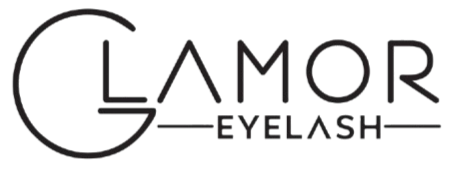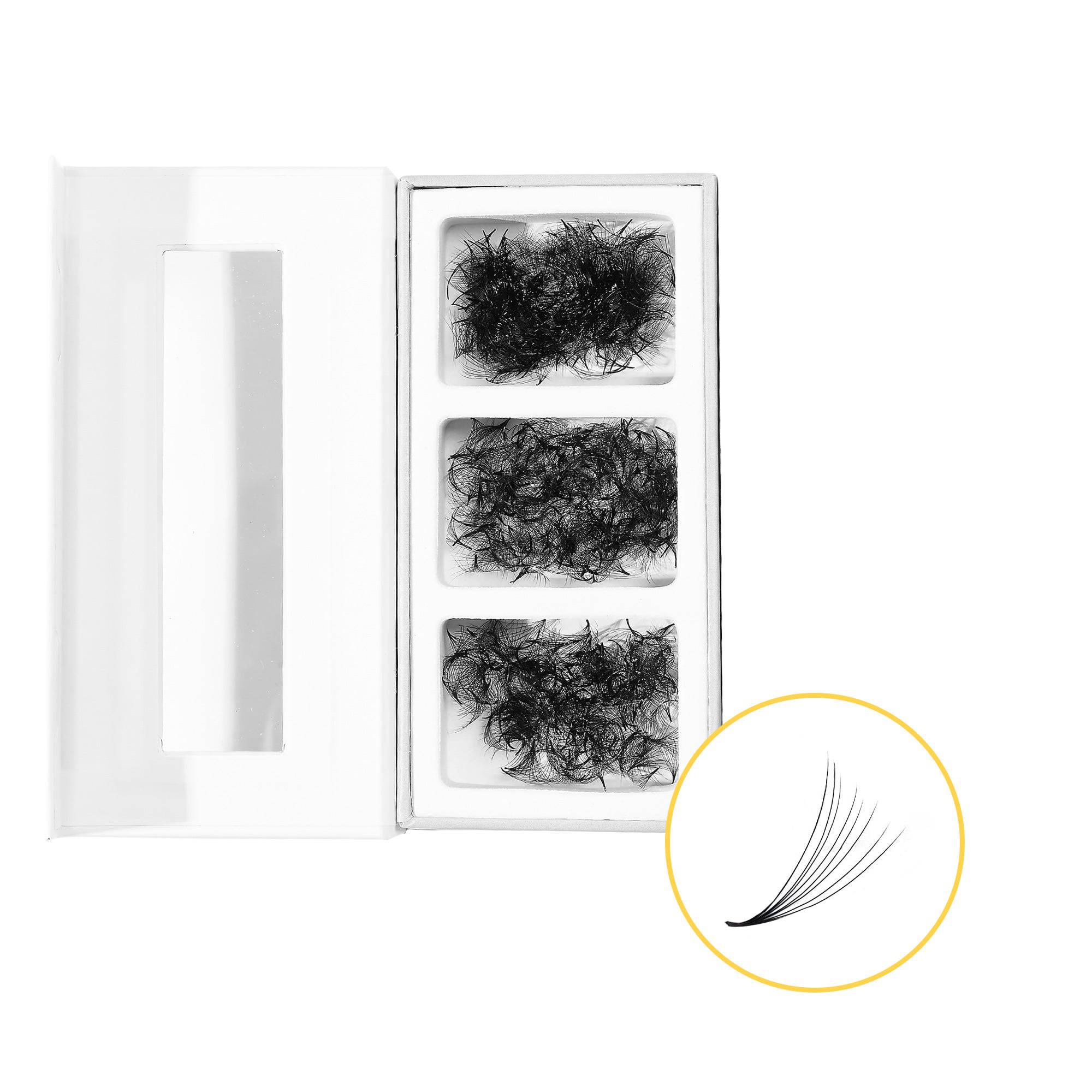How to Choose the Right Curl for Every Eye Shape: A Complete Guide for Lash Artists
Choosing the right lash curl is one of the most powerful skills a lash artist can master. A perfect curl can lift a droopy eye, balance asymmetry, open small eyes, soften sharp features, and even reshape the entire lash line without makeup. Yet it remains one of the most misunderstood steps in lash styling. Many artists focus on length and mapping, but forget that curl determines the expression of the eyes—whether they look soft, lifted, youthful, seductive, or naturally enhanced.
Before choosing a curl, a lash artist must read the client’s natural lash direction, bone structure, lid shape, and personal style. Some clients want drama but have downward-growing lashes. Others want natural lashes but have hooded lids that swallow curl. And some simply follow trends without knowing whether they suit their eyes. That’s where your expertise becomes invaluable.

Understanding the Most Common Lash Curls
Before choosing curls for specific eye shapes, you need to understand what each curl does visually:
J Curl
Barely lifted. Natural look. Rarely used except for clients with extremely straight downward lashes.
B Curl
Soft and natural. Best for clients wanting minimal lift or for inner corners.
C Curl
Most universal. Natural lift. Good for most eye shapes and everyday looks.
CC Curl
More dramatic than C, but still natural enough. Perfect for clients with straight or slightly downward natural lashes.
D Curl
Strong lift. Opens the eyes dramatically. Great for doll-eye looks and hiding slightly hooded eyes.
DD/L Curl
Very dramatic lift. Perfect for clients with straight downward lashes, monolids, hooded lids, or heavy lids.
M Curl
Straight base + strong lift at the end. Ideal for deep-set, downturned, or hooded eyes needing extra lift without heaviness.

How to Match Curl With Eye Shape
Below are the most common eye shapes and the recommended curls for each, based on real lash work—not theory.
1️⃣ Almond Eyes
Best curls: C, CC, D
Why: Almond eyes are balanced and versatile. Most curls suit them naturally.
Styling note: Avoid overly dramatic L or M curls unless the client requests a very lifted look.
2️⃣ Round Eyes
Best curls: C, B, CC
Avoid: D, DD (can make eyes look surprised)
Why: Round eyes already look open; too much curl exaggerates this.
Styling note: Use softer curls on inner corners (B/C), stronger in outer corners to elongate the eye.
3️⃣ Downturned Eyes
Best curls: CC, D, DD, M
Why: Strong curls help lift the outer corners visually.
Styling note: Avoid too-short lengths at the outer corner; keep the map rising longer to counter droopiness.
4️⃣ Hooded Eyes
Best curls: CC, D, DD, M
Why: Hooded lids hide curl—strong curls help lashes peek above the lid.
Styling note: Avoid heavy diameters; they collapse under the hooded fold.
5️⃣ Monolids
Best curls: D, DD, L, M
Why: These curls push the lashes forward instead of upward, preventing the curl from disappearing under the lid.
Styling note: M curl is a superstar for monolids.
6️⃣ Close-Set Eyes
Best curls: C, CC, D
Why: Lashes help visually “open” the eyes.
Styling note: Use shorter lengths in inner corners to create balance.
Advanced Lash Artist Tips
✔ Use mixed curls in one map
Example:
- Inner corner → B
- Middle → C
- Outer → CC
This creates balance and prevents the set from looking stiff.
✔ Always evaluate the natural lash direction
Downward natural lashes need stronger curls (D/DD/M).
Upward natural lashes can use softer curls (C/B).
✔ Lash curl must match lash weight tolerance
Sharper curls = smaller attachment area → require perfect technique.
✔ Consider the client’s age & eyelid elasticity
Older clients often need D or M curls to lift sagging lids.
✔ Don’t forget facedown photos
Curl selection determines how lashes look on camera.

Final Thoughts: Curl Is the Foundation of a Beautiful Lash Map
Choosing the right curl isn’t just a styling choice—it’s a technical decision that affects the entire look, retention, and client satisfaction.
Great lash artists don’t apply the same curl to every client.
They analyze the eye shape, natural lash direction, lid structure, and facial symmetry—
then select a curl that enhances all of it.










